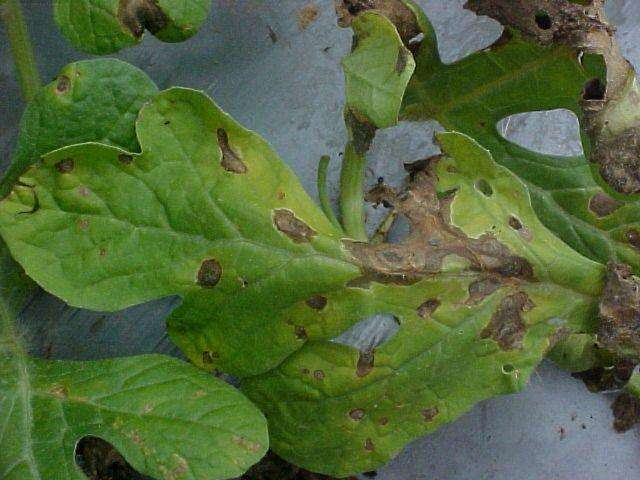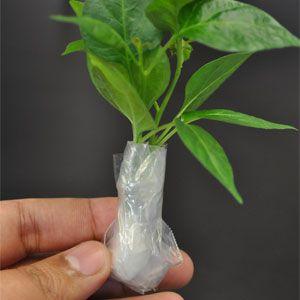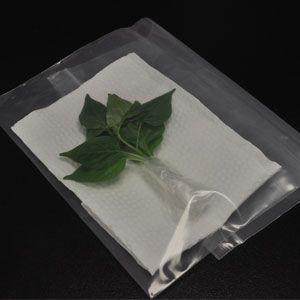| A Few Considerations |
.JPG) |
 Sample should be representative of the problem in the field. Sample should be representative of the problem in the field. Sample should be fresh/recently infected. Sample should be fresh/recently infected. Sample should be adequate in size. How large? Sample should be adequate in size. How large? Never collect dead plant samples! Never collect dead plant samples! |
|
 For leaf spot problem, usually about 20 leaves are adequate for the diagnosis procedures (microscopy, culture work, etc.) For leaf spot problem, usually about 20 leaves are adequate for the diagnosis procedures (microscopy, culture work, etc.) Large leaves with many spots will require fewer leaves for diagnosis than small leaves with fewer spots Large leaves with many spots will require fewer leaves for diagnosis than small leaves with fewer spots |
 |
 Whole plants are generally needed for all problems that are not leaf spots (e.g. wilt/blight problems) Whole plants are generally needed for all problems that are not leaf spots (e.g. wilt/blight problems) |
.JPG) |
| Dead plants tell no tales! | |
(1).JPG) |
Avoid plants that are obviously dead. Select plants that exhibit a range of symptoms, from mild to severe. |
| Useful materials/tools during sample collection: | Essential Guidelines | |||||||||||||||
.JPG) |
|
|||||||||||||||
| An alternative way of sending virus-infected plant samples |
| Samples can be temporarily preserved using desiccants (calcium chloride/silica gel or beads) |
|
|
| References: |

State Agricultural Response Team (SART), University of Florida
Windham Mark T. and Alan S. Windham. 2004. Plant Pathology Concepts and Laboratory Exercises. CRC Press, USA.
|



.JPG)



